Wild fermentation: Take a walk on the wild side of beer
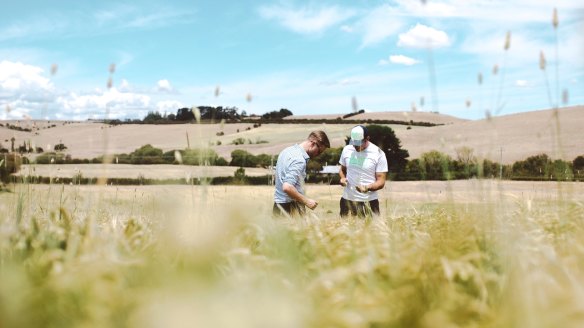
A growing number of Australian brewers are experimenting with wild fermentation, which can create beers with vastly different flavour profiles to that of our staple ales and lagers.
What is wild fermented beer?
Opinions differ on what exactly constitutes a wild fermented beer, much like defining "craft beer" itself.
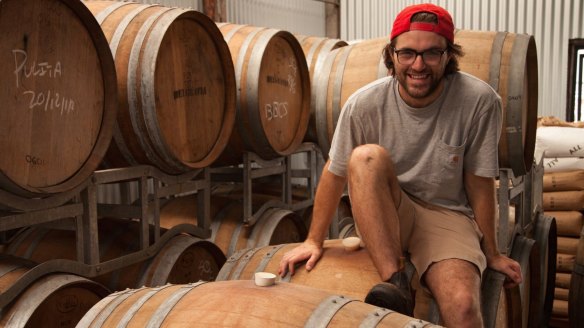
At the wildest extreme are those beers that have undergone spontaneous fermentation, meaning the brewer has not intervened by "pitching" yeast. This hands-off technique has been practised for centuries in the making of lambics, a farmhouse-style beer native to Belgium's Senne Valley, around the capital Brussels.
Lambic brewers pump their wort (unfermented beer) into coolships, large flat open-topped vessels that are left exposed to the atmosphere. The many different strains of yeast and bacteria that are naturally present in the air find their way into the coolship and slowly do the job of converting sugars into alcohol.
What does wild beer taste like?
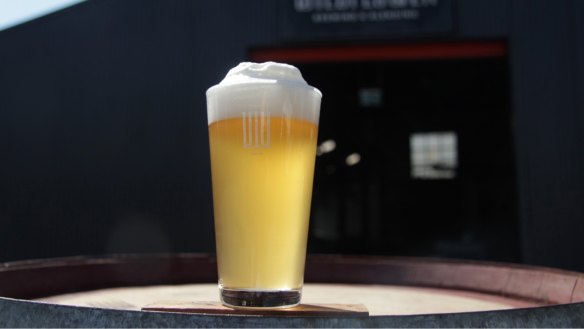
One of the usual suspects among these airborne microorganisms is lactobacillus, the bacteria that gives yoghurt its sour taste. As such, wild fermentation is one way of making a sour beer, with the presence of other bacteria and wild yeast contributing additional funky complexity.
Wild beers are extremely versatile at the dining table, with their acidity and earthy, fruity characters opening up matches with shellfish, game, fresh cheeses, salads, rich sauces and desserts. Just like a fine wine, wild beers deserve to be shared and contemplated, and they are often well-suited to cellaring.
Modern brewing techniques enable a brewer to sour a beer without having to go through the slow and unpredictable rigmarole of wild fermentation. The Berliner weisse or gose on tap at your local has almost certainly not been wild fermented. Those particular sour beers are supposed to be clean and refreshing rather than complex and ponderous.
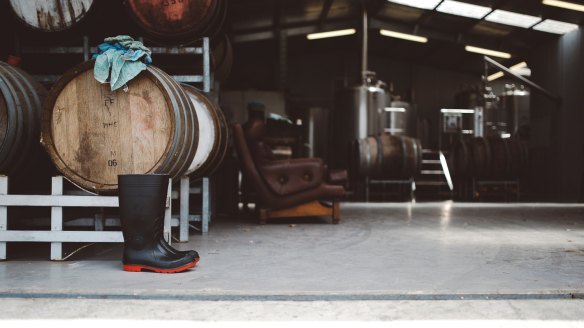
Who is brewing beer on the wild side in Australia?
The pursuit of new and exciting flavour profiles that characterises the global craft beer movement has driven brewers first in America, and now Australia, to embrace wild fermentation techniques.
Wildflower Brewing and Blending opened this year in Sydney, making beers exclusively with native NSW yeasts.
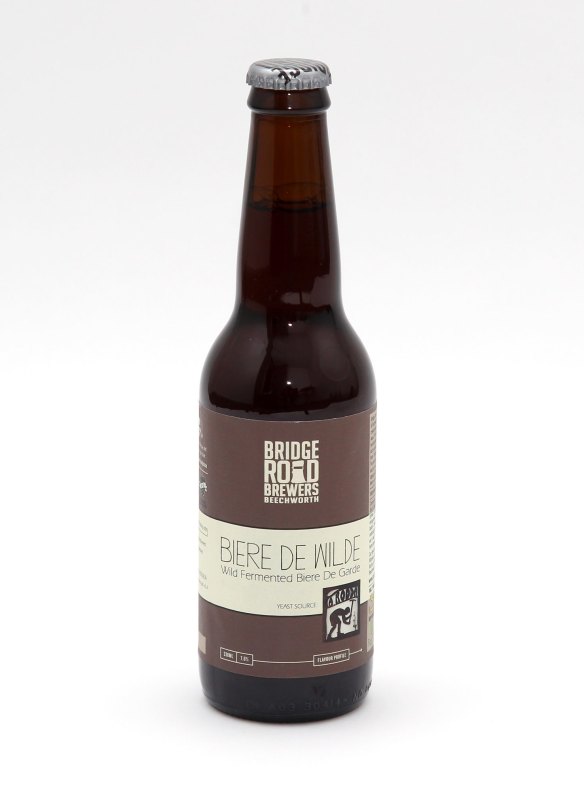
Founder Topher Boehm has shied away from the coolship approach, perhaps wisely given the locale of his brewery. It is positioned directly underneath the flightpath in Marrickville, where any airborne material seems unlikely to contribute favourably to a beer.
Instead Boehm undertook years of small scale trial brews using wild yeast and bacteria captured in his travels throughout regional NSW, creating a unique house culture that has become the foundation of the Wildflower beers.
Tasmania's Van Dieman Brewing, meanwhile, will soon embark on its first spontaneous fermentation using the coolship method.This completely wild approach is a natural progression for Van Dieman, which has already created three "estate ales" using exclusively water, malt, hops and wild yeast sourced from its farm in White Hills, south of Launceston.
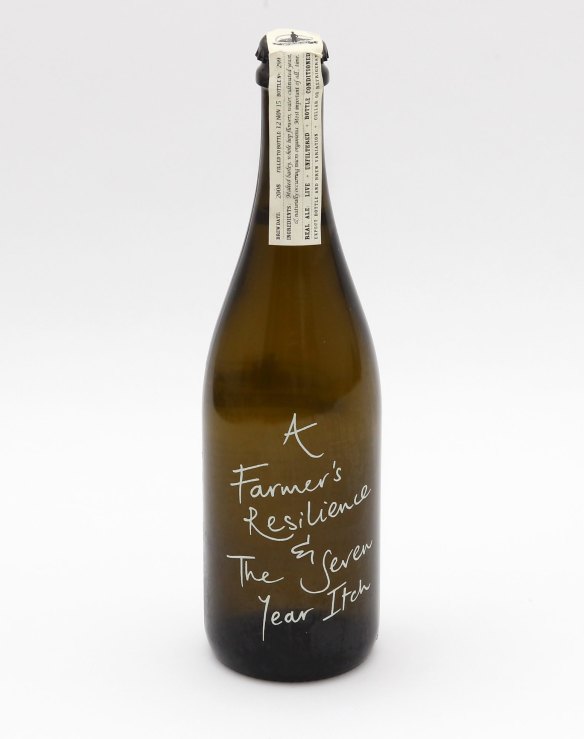
They were made possible by the capture and lab analysis of yeast and bacteria native to the property, with the deliberate intention of isolating cleaner wild yeast strains that would brew a farmhouse beer closer in style to a Belgian saison, rather than anything sour or funky.
"We had two strains that showed real promise and really produced that saison-like character," says Van Dieman brewer and director Will Tatchell. "We ended up putting them together to create what we call our Everton yeast."
Also in Tasmania, farmhouse brewer Two Metre Tall has long been producing spontaneously fermented, barrel-aged soured ales with the addition of cherries and plums.
Wild beer sounds like a lot of work – surely there's an easier way to brew it in our modern times?
Australian brewers are also making "wild" beers using off-the-shelf cultures of yeast and bacteria that have been prepared in a laboratory, sometimes blended together for the brewer's convenience.
They may not meet purists' definition of wild fermentation, but they offer similar flavour characteristics and are certainly a world away from the clean homogeneity of beers made with standard brewer's yeast strains.
Bridge Road Brewers of Beechworth, Victoria, recently released Wild Red, a pack containing four different versions of the same base beer, each fermented with a different strain of purchased wild yeast.
"We still called them Wild Red because we bought strains that are found in beers that are considered wild, and they've been isolated from those breweries," says Bridge Road founder Ben Kraus.
Among the quartet is a beer subtitled Sour Cherry Funk, a malty red ale fermented in barrel with a blend of three brettanomyces strains and lactic acid bacteria, which combine to create a fruity, cherry-like tang.
Kraus says the experiment achieved his objective of highlighting the remarkable flavour impacts of different wild yeast strains.
But he believes Australia's best wild beers will come from breweries such as Wildflower that choose to specialise in them completely and hone their fermentation techniques, just as lambic producers have done over many years.